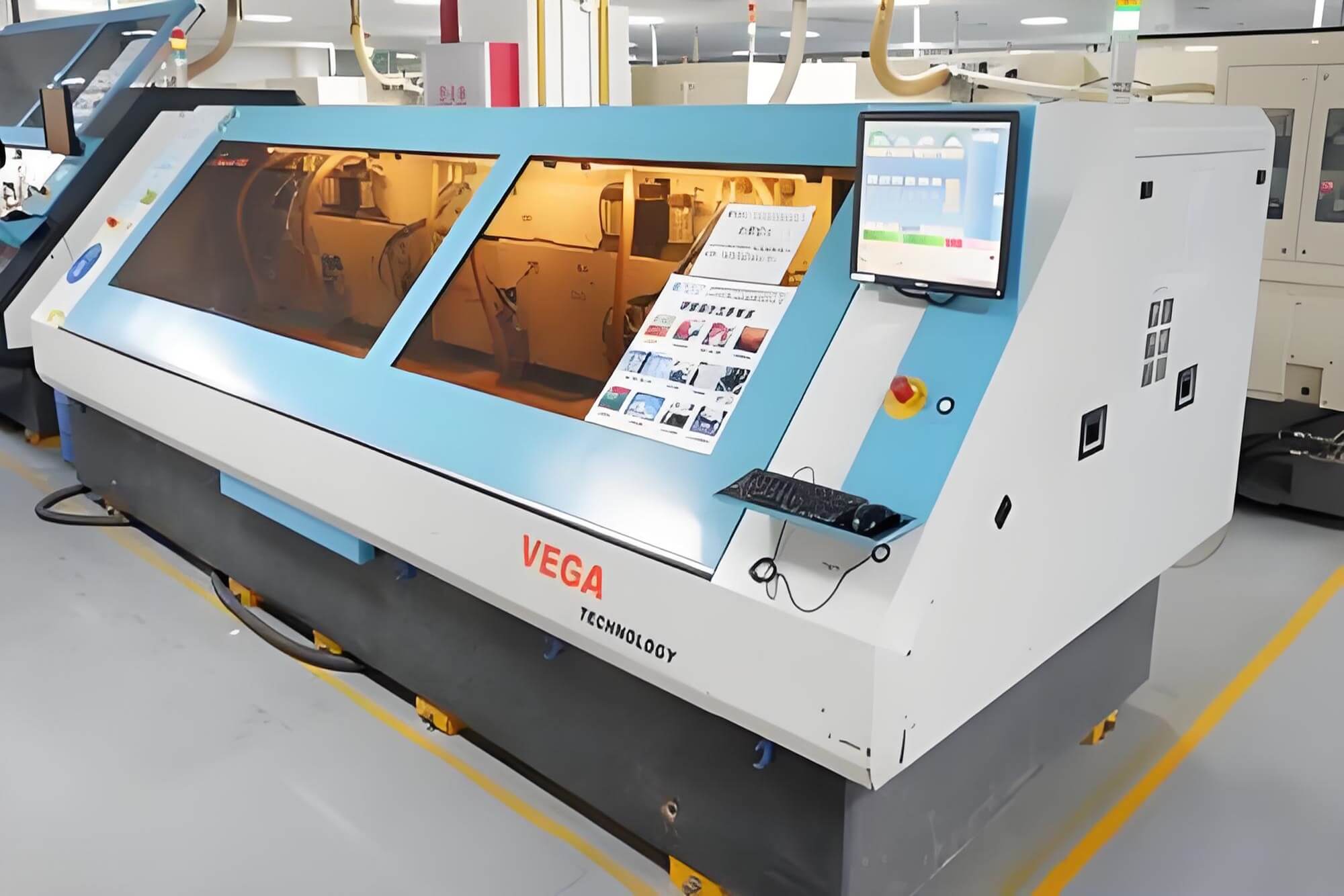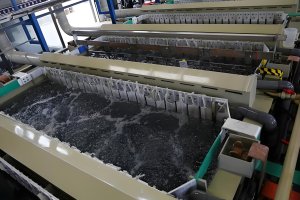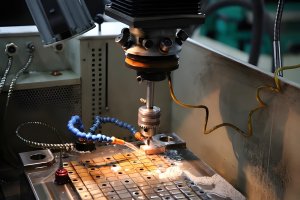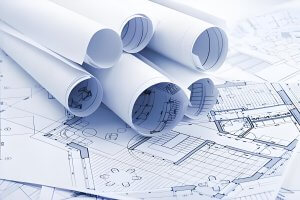Introduction
CNC routing has reshaped modern manufacturing, serving as a linchpin for industries ranging from aerospace to artisanal woodworking. This advanced technology bridges the gap between digital design and physical creation, delivering precision, efficiency, and versatility that manual methods simply cannot match. As someone who’s spent years marveling at the capabilities of CNC machining, I’ve seen firsthand how CNC routing transforms raw materials into intricate components with remarkable consistency. In this article, I’ll dive into the mechanics, materials, applications, and future of CNC routing, weaving in my own experiences and insights to provide a comprehensive guide for professionals and enthusiasts alike.
Understanding CNC Routing
At its core, CNC routing is a subtractive manufacturing process where a computer-controlled router carves precise shapes from materials like wood, metal, or composites. Unlike traditional hand-guided tools, CNC routing relies on digital instructions, ensuring pinpoint accuracy. In my early days as a hobbyist woodworker, I struggled with manual routers, often frustrated by uneven cuts. My first encounter with a CNC router was a revelation—its ability to execute complex designs with tolerances as tight as ±0.005 inches (0.13 mm) felt like stepping into the future.
CNC machining, including CNC routing, hinges on a digital workflow. It starts with a Computer-Aided Design (CAD) model, which I’ve often sketched using software like Fusion 360, dreaming up everything from furniture joints to custom signage. This design is then processed by Computer-Aided Manufacturing (CAM) software, which generates G-code—the language that tells the CNC router exactly where and how to cut. The result? Parts that are not only precise but also identical, a game-changer for industries needing interchangeable components. From my perspective, the real magic of CNC routing lies in its ability to reduce waste through optimized toolpaths, saving both time and materials in ways manual methods never could.
The CNC Routing Process: From Vision to Victory
The journey of CNC routing is a fascinating blend of creativity and technology. First, you craft a digital model in CAD, which I find to be the most exciting part—visualizing a concept taking shape on screen. Next, CAM software translates this into toolpaths, where I’ve learned to tweak spindle speeds and feed rates to suit materials like oak or acrylic. This step is critical; I once underestimated the feed rate for aluminum and ended up with a chipped bit and a lesson in patience. The CAM output becomes G-code, which the CNC router follows like a conductor reading a score.
Setting up the machine is where the real-world kicks in. Securing the workpiece—whether with clamps or a vacuum table—requires precision, as I discovered when a loose plywood sheet shifted mid-cut, ruining a project. After calibration, the CNC router hums to life, executing cuts with a grace that still captivates me. Post-processing, like sanding or sealing, adds the final touch. In my workshop, I’ve spent countless evenings perfecting these finishes, turning raw CNC routing outputs into polished masterpieces.
Inside a CNC Router: The Heart of Precision
A CNC router is a symphony of components working in harmony. The frame and gantry provide the stability needed for precise CNC routing, while the work bed holds materials firmly in place. The spindle, spinning at up to 20,000 RPM, is the star of the show, driving router bits designed for specific tasks. I’ve swapped out bits mid-project to achieve different effects, like switching to a V-bit for crisp engravings on a walnut sign. The drive system, powered by stepper or servo motors, ensures smooth movement along the X, Y, and Z axes, and the CNC controller acts as the brain, interpreting G-code with flawless accuracy. Auxiliary systems, like dust collection, are non-negotiable—my first CNC routing project without one left my garage buried in sawdust, a mistake I won’t repeat.
The difference between hobbyist and industrial CNC routers is stark. My early desktop CNC router was perfect for small wood projects, but when I upgraded to an industrial model for a client’s aluminum prototypes, the rigidity and power opened new possibilities. This versatility makes CNC machining and CNC routing indispensable across skill levels.
Materials and Mastery in CNC Routing
One of the standout features of CNC routing is its ability to handle a diverse array of materials, each with unique challenges. Below is a detailed breakdown:
| Material | Examples | Applications | Considerations |
| Wood | Oak, Pine, MDF | Furniture, signage | Use compression bits for plywood; manage dust for MDF. |
| Plastics | Acrylic, PVC | Signage, enclosures | Apply cooling to prevent melting; use carbide bits. |
| Soft Metals | Aluminum, Brass | Aerospace, automotive parts | Require rigid machines and coolant for chip evacuation. |
| Composites | Carbon Fiber | Aerospace, racing components | Use diamond-coated bits; ensure robust dust extraction. |
| Foams | High-Density Foam | Prototyping, packaging | Use sharp bits at high RPM to avoid tearing. |
| Stone | Marble, Granite | Decorative carvings | Use diamond bits and water cooling for heat management. |
My experience with materials has taught me respect for their nuances. Cutting oak feels effortless, but CNC routing carbon fiber demands diamond-coated bits to avoid fraying—a lesson learned after ruining a costly sheet. Plastics like acrylic require cooling to prevent melting, which I manage with a mist system, while aluminum needs slow, deliberate cuts with lubricant to avoid tool wear. These considerations make CNC routing both an art and a science.
Applications: Where CNC Routing Shines
CNC routing is a powerhouse across industries. In aerospace, it crafts lightweight, high-precision components like wing ribs, where tolerances are non-negotiable. I once consulted on a project where CNC routing aluminum panels saved weeks compared to manual methods. The automotive industry leans on CNC machining for engine parts and prototypes, with CNC routing speeding up development cycles. In woodworking, CNC routers have democratized intricate designs—my custom dining table, with its curved inlays, was a direct result of CNC routing’s precision. Sign making is another forte; I’ve carved 3D acrylic logos that pop with vibrancy, a task that would’ve taken days by hand. This versatility makes CNC routing a cornerstone of modern production.
CNC Routing vs. Other Technologies
Choosing CNC routing over alternatives depends on project needs, as shown below:
| Feature | CNC Routing | CNC Milling | Laser Cutting | 3D Printing (FDM/SLS) |
| Process Type | Subtractive (Physical Tool) | Subtractive (Physical Tool) | Subtractive (Thermal Beam) | Additive (Layer by Layer) |
| Primary Materials | Wood, Plastics, Soft Metals | Hard Metals, Plastics | Thin Wood, Acrylic, some Metals | Plastics, some Metals |
| Geometric Complexity | Excellent for 2D, 2.5D, simple 3D | High-precision 3D | Intricate 2D patterns | Complex internal geometries |
| Typical Precision | ±0.13mm / 0.005″ | ±0.025mm / 0.001″ | High for 2D profiles | ±0.1mm – 0.5mm |
| Ideal Volume | Low to High Volume | Low to High Volume | Prototype to Medium | Prototype to Low |
| Key Advantage | Versatility across large sheets | Precision in hard metals | Speed on thin materials | Geometric freedom |
| Key Limitation | Limited with hard metals | Higher cost, slower on large sheets | Limited material thickness | Slower, anisotropic properties |
I’ve used both CNC routing and laser cutting for signage projects. While lasers excel at fine 2D cuts, CNC routing handles thicker materials and 3D profiles with ease. Compared to CNC milling, CNC routing is faster for softer materials, but milling is better for steel. Against 3D printing, CNC routing wins for speed and strength, though printing shines for complex internal structures. These trade-offs guide my project choices, balancing cost, speed, and precision.
The Future of CNC Routing: A Personal Perspective
The future of CNC routing is thrilling, and I’m excited to see where it’s headed. Artificial Intelligence is making CNC machining smarter, optimizing toolpaths in ways I wish I’d had when I started. I’ve experimented with AI-driven CAM software, and it’s cut my setup time significantly. Multi-axis CNC routing, like 5-axis systems, allows for complex parts in a single setup—something I’ve seen streamline aerospace projects. Automation, including robotic material handling, is pushing CNC routing toward 24/7 “lights-out” factories. I visited a facility running such a setup, and the efficiency was jaw-dropping. Industry 4.0 connects CNC routers for real-time data, a feature I’ve used to monitor jobs remotely. Hybrid systems combining CNC routing with 3D printing are emerging, and I’m eager to test one for a prototype project blending subtractive and additive techniques.
Conclusion: Why CNC Routing Matters
From my perspective, CNC routing is more than a technology—it’s a gateway to creativity and precision. Whether I’m crafting a one-off piece or consulting on industrial projects, CNC machining and CNC routing empower me to turn ideas into reality with unmatched accuracy. Its ability to handle diverse materials, from wood to composites, makes it indispensable. As innovations like AI and automation continue to evolve CNC routing, its potential is limitless.
FAQ:
1. What is CNC routing, and how does it differ from CNC machining?
CNC routing is a subtractive manufacturing process using a computer-controlled router to cut materials like wood, plastics, or soft metals into precise shapes. As part of the broader CNC machining family, it relies on digital designs to achieve high accuracy. In my experience, CNC routing excels with larger, softer materials, while other CNC machining processes, like milling, are better suited for harder metals like steel. The key difference lies in the machine’s rigidity and speed—routers prioritize versatility, while mills focus on precision for tougher materials.
2. What materials can I cut with a CNC router?
CNC routing is incredibly versatile, handling materials like hardwoods (e.g., oak), plastics (e.g., acrylic), soft metals (e.g., aluminum), composites (e.g., carbon fiber), foams, and even stone like granite. Each material requires specific tools and settings. For instance, I’ve learned that cutting composites demands diamond-coated bits to prevent fraying, while plastics need cooling to avoid melting. The article’s material table provides a detailed guide on applications and considerations.
3. How precise is CNC routing compared to other manufacturing methods?
CNC routing achieves tolerances as tight as ±0.005 inches (0.13 mm), which I’ve found ideal for most woodworking and signage projects. Compared to laser cutting, it’s less precise for ultra-fine 2D cuts but handles thicker materials and 3D profiles better. CNC machining processes like milling can reach ±0.001 inches for hard metals, while 3D printing varies (0.1–0.5 mm). In my projects, CNC routing strikes a balance between precision and speed for medium-to-large parts.
4. What are the main steps in the CNC routing process?
The CNC routing process involves designing a model in CAD software, creating toolpaths in CAM software, converting them to G-code, setting up the CNC router (securing the material and calibrating), and finishing the part post-cutting. I’ve spent hours fine-tuning toolpaths to optimize cuts for materials like plywood, where a wrong feed rate can cause splintering. This digital-to-physical workflow ensures consistency, which I’ve seen save time in production runs.
5. Can a hobbyist use a CNC router, or is it only for professionals?
Absolutely, hobbyists can use CNC routers! I started with a desktop CNC router for small woodworking projects, and it was a game-changer for creating precise carvings. Hobbyist machines are affordable and user-friendly, though less rigid than industrial models. Professionals in industries like aerospace rely on heavy-duty CNC routers for high-volume tasks. The key is matching the machine to your needs—my first router taught me that even a basic model can produce professional-grade results with practice.
6. How does CNC routing compare to laser cutting or 3D printing?
CNC routing is ideal for cutting large sheets of materials like wood or aluminum and creating 2D or simple 3D shapes. Laser cutting excels at intricate 2D patterns in thin materials but struggles with thicker ones. 3D printing is great for complex internal geometries but is slower and less durable for solid parts. I’ve used CNC routing for furniture parts where lasers would’ve been too limited, but I turn to 3D printing for prototypes with internal cavities. The article’s comparison table breaks this down clearly.
Reference:
https://en.wikipedia.org/wiki/CNC_router;
https://en.wikipedia.org/wiki/CNC_wood_router;
https://cloud.wikis.utexas.edu/wiki/spaces/SOAdigitech/pages/75237739/How+to+use+the+CNC+Router;
https://sites.tuni.fi/app/uploads/2021/05/aee47b13-excitech-cnc_router_sa.pdf;
Other Articles You Might Enjoy
- What’s CNC Routing? Its Process, Advantages, and Applications
Introduction to CNC Routing CNC routing technology revolutionized manufacturing by leveraging computer numerical control to cut, carve, and engrave materials with exquisite precision. The routing process begins with a detailed…
- Choosing the Right CNC Router Table: Your Ultimate Buying and Usage Guide
Chapter I: Introduction to CNC Router Tables What Exactly Is a CNC Router Table? A CNC router table is essentially a computer-controlled cutting machine. CNC stands for Computer Numerical Control,…
- CNC Router Bits – Selection, Use, and Buying Guide
I. Introduction to CNC Router Bits If you've ever worked with a CNC router, you already know the bit you choose can make or break your project. When I first…
- 5 Key Differences between CNC Routers and CNC Mills
In the world of CNC machines, two popular contenders stand out: CNC routers and CNC mills. These advanced tools have revolutionized the manufacturing industry, enabling precise and automated production processes.…
- Understanding CNC Routers: Top Question Asked
Imagine a single machine capable of transforming raw materials into intricate designs with unparalleled precision. It's like having a skilled craftsman with a technological edge, working tirelessly to bring your…






